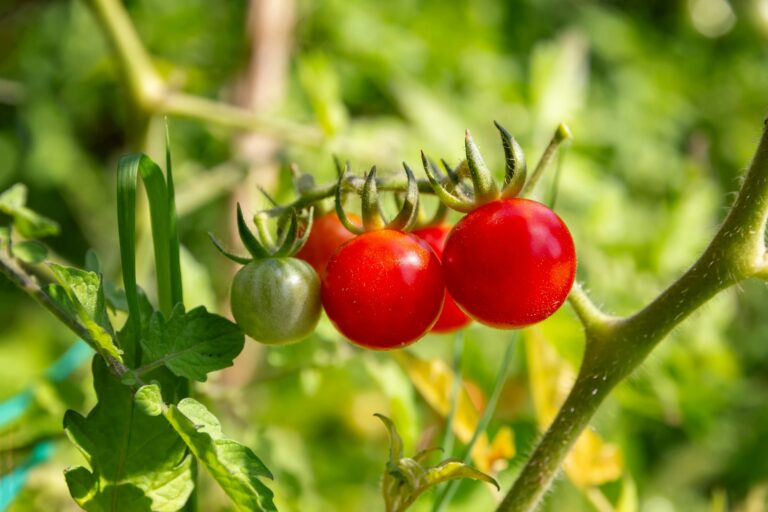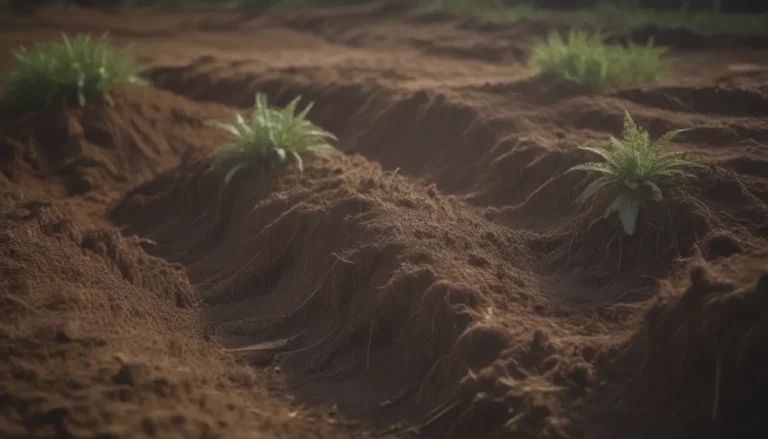The Ultimate Guide to Growing and Caring for African Iris

If you’re looking to add a touch of elegance to your garden, the African iris (Dietes iridioides) is a fantastic choice. This evergreen plant thrives in warmer zones, boasting a long season of flowering from spring through fall. Whether you’re a seasoned gardener or just starting out, caring for African iris is a rewarding experience. In this comprehensive guide, we’ll explore everything you need to know about growing and nurturing these stunning plants.
African Iris Care Tips
When it comes to cultivating African iris, there are a few key factors to keep in mind. By following these care tips, you’ll ensure that your plants thrive and bloom beautifully year after year.
Light
While African iris prefers full sunlight, it can still bloom in partial shade. However, for the best results, aim for at least six hours of sun per day during the blooming season. Afternoon sun tends to be stronger than morning sun, so consider this when choosing a location for your plants.
Soil
African iris plants thrive in rich, well-drained loamy soil. It’s essential to ensure good drainage to keep the rhizomes healthy. If you have clay soil, adding compost or other amendments can improve drainage and create a favorable environment for your African iris to flourish.
Water
Once established, African iris is highly drought-tolerant and requires minimal watering. However, during periods of extreme drought, you may need to provide additional water. In the first two years or after planting, regular watering is essential to help the plants establish strong roots.
Temperature and Humidity
Originating from tropical climates, African iris plants are not cold-tolerant and may not survive harsh winter temperatures. Additionally, high humidity can be detrimental to these plants. To prevent issues related to dampness, consider dividing the plants frequently to promote adequate air circulation.
Fertilizer
To promote healthy growth and vibrant blooms, consider applying a basic all-purpose plant food in spring and midsummer. Applying fertilizer several inches away from the plant’s base can prevent root damage and ensure optimal nutrient absorption.
Pruning Tips
Pruning African iris is a simple yet essential task that can help your plants look their best. Here are some helpful tips for effective pruning:
- Deadhead spent blooms regularly to encourage new flower growth.
- Trim off any brown or damaged leaves to maintain the plant’s appearance.
- Clean your pruning tools before and after use to prevent the spread of diseases.
Propagating African Iris
African iris plants propagate through rhizomes and seed pods, making them relatively easy to propagate. Here’s a step-by-step guide to propagating African iris from existing plants:
- Carefully divide the rhizomes of mature plants.
- Plant the divided sections in well-drained soil.
- Water the newly propagated plants regularly to encourage root development.
How to Grow African Iris From Seed
If you’re interested in starting African iris plants from seed, follow these steps for successful germination:
- Collect mature seed pods from existing plants.
- Sow the seeds in well-drained soil in a sunny location.
- Keep the soil consistently moist until the seeds germinate.
- Transplant the seedlings once they have established strong roots.
Overwintering African Iris
In regions where African iris cannot survive harsh winters, consider overwintering the plants indoors. Follow these steps for successful overwintering:
- Dig up the plants before the first frost.
- Allow the rhizomes to dry thoroughly before storing them in a cool, dry place.
- Replant the rhizomes in spring once the danger of frost has passed.
Common Pests and Plant Diseases
While African iris is generally low-maintenance, it can still fall prey to pests and diseases. Here are some common issues to watch out for:
- Crown rot or root rot: Ensure good drainage and divide the plants regularly to prevent these issues.
- Fungal and bacterial diseases: Watch for signs of rust, Botrytis blight, and fungal leaf spot. Remove affected plant parts promptly to prevent the spread of disease.
- Common pests: Aphids, iris borers, and nematodes can affect African iris plants. Use neem oil spray to control pests and practice good hygiene to prevent infections.
How to Get African Iris to Bloom
Encouraging African iris plants to bloom consistently requires proper care and attention. Here are some tips for promoting abundant blooms:
- Ensure your plants receive at least five hours of direct sunlight per day.
- Water the plants regularly to maintain slight soil moisture.
- Apply fertilizer during the growing season to support healthy flower production.
Common Problems With African Iris
Although African iris is relatively low-maintenance, they can still experience issues. Keep an eye out for yellowing or dropping leaves, which may indicate watering problems. Additionally, remember that these plants are not cold-hardy below zone 8, so consider overwintering them if necessary.
In conclusion, African iris plants are a delightful addition to any garden, offering stunning blooms and easy care requirements. By following the tips and guidelines outlined in this guide, you can successfully grow and nurture these plants to enjoy their beauty season after season. Happy gardening!





